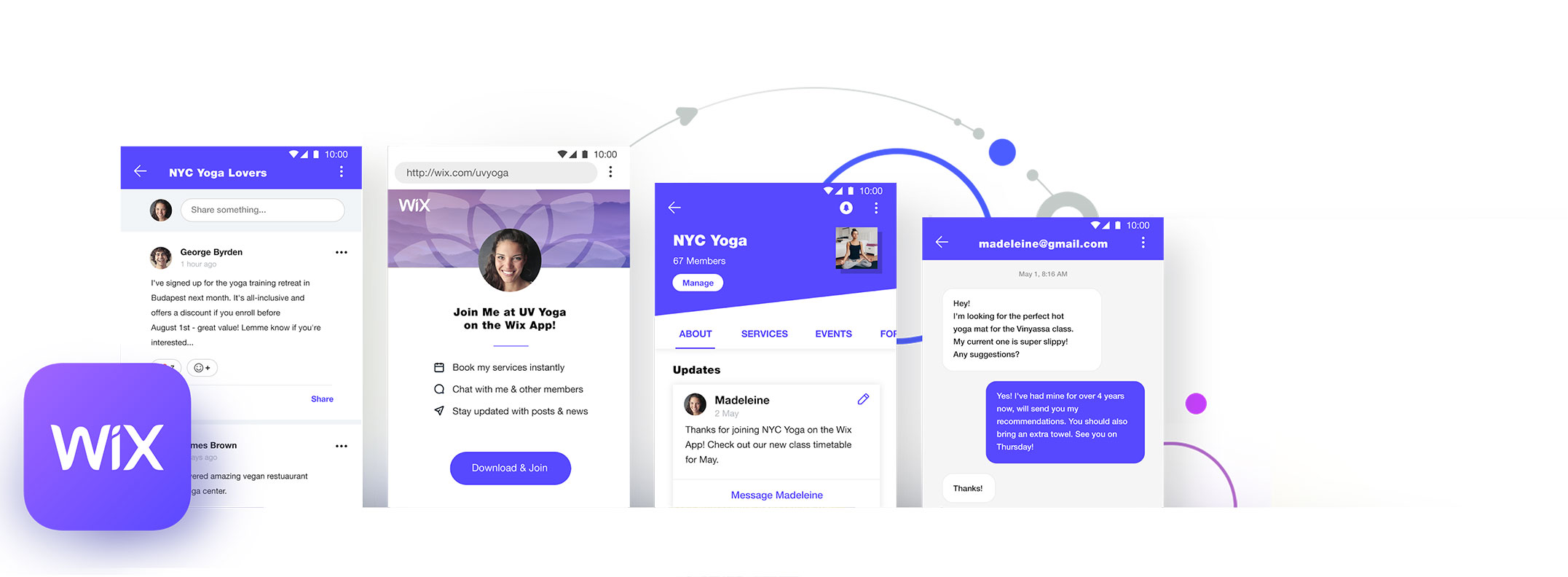

To store the title, you need to create a custom property- progressTitle.

Fill this with color depending on SurveyModel's progressValue property value.Ī percentage value is already stored in the progressValue property. You can implement the progress bar based on a simple element. Follow the instructions below to implement the percentage progress bar in your application:Ĭreate a custom component that renders the progress bar. Finally, we saw the comparison between state and props in React.To help respondents keep track of answered and unanswered questions, your survey can display a progress bar that indicates a percentage of survey completion. Next, we learned about default props and children props, how they work, and all that. We learned also how to pass other data types(object, array, function, etc) via props to components.

Next, we learned examples of how to use props, and how to access them from the components. From there, we introduced Props in React and learned about these basic concepts. We started by introducing the concept of component-driven design in JS frameworks and components communication in them. We have learned a great lot from this article. Props are used for communication uni-directional or bi-directional, while the state is used to render dynamic data in the component. So props are read-only while states are read-and-write. States can be changed at will in the component. Once a props is passed to a component, that component cannot change the value of the props. Props are immutable, which means that they cannot be modified. Two components cannot use or maintain one state. The state is local data used and maintained by one component only. State on the other hand is not passed from one component to the other, it is passed within the component only. Props as we know are passed to components, and from one component to another. They differ completely, let's see their differences. Now, people often tend to confuse props with the state in React components. We have learned deep down what props are. Now, each of these components might need to communicate data among themselves, so you see that this becomes a necessity to have in frameworks.įor example, we have the below components In a component-drive framework, every single unit of the UI is made up of components. Most popular frameworks like Angular and Vuejs have their own way of components passing data to each other. Component communication is a very essential feature that any framework based on component-driven design should have. Props in simple terms are used for communication among components in React app. One of those features is Props, and we are going to learn what it is in this article.

It has a plethora of simple features that made it incredibly powerful. This is because React is easy to install and use, has strong community support, and is still actively maintained by Facebook. React.js is the backbone of modern web development.


 0 kommentar(er)
0 kommentar(er)
